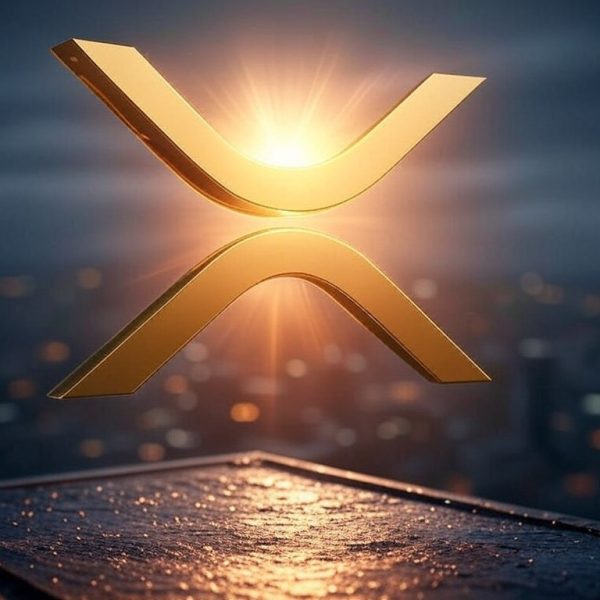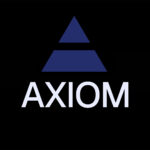Decentralized Finance (DeFi), has transformed the financial landscape by leveraging blockchain technology to create open, transparent, and permissionless financial systems. For beginners and seasoned investors alike, understanding DeFi is crucial to navigating this rapidly evolving space. This comprehensive guide explores 10 key concepts to help you master DeFi and unlock its potential. Whether you’re looking to invest, trade, or simply learn, this article is your go-to resource for understanding DeFi
What Is DeFi?
DeFi, short for Decentralized Finance, refers to a ecosystem of financial applications built on blockchain networks, primarily Ethereum, that operate without traditional intermediaries like banks or brokers. By using smart contracts—self-executing agreements coded on the blockchain—DeFi platforms enable peer-to-peer transactions, lending, borrowing, and trading. Understanding DeFi starts with recognizing its core principle: financial services that are accessible to anyone with an internet connection, offering greater inclusivity and control
The main appeal of DeFi lies in its decentralization, which eliminates reliance on centralized authorities, reduces costs, and enhances transparency. As DeFi continues to grow, its applications are reshaping how we think about money and finance
RELATED: DeFi Explained: A New Era in Finance
Smart Contracts: The Backbone of DeFi
Smart contracts are the foundation of DeFi platforms. These programmable agreements automatically execute when predefined conditions are met, removing the need for intermediaries. For example, a smart contract could facilitate a loan by releasing funds to a borrower once collateral is deposited, all without a bank’s involvement. Understanding DeFi requires grasping how smart contracts ensure trust and efficiency in transactions
By leveraging blockchain’s immutability, smart contracts provide security and transparency, making them essential for DeFi applications like lending platforms, decentralized exchanges, and yield farming protocols
Decentralized Exchanges (DEXs)
Decentralized exchanges, or DEXs, are platforms where users can trade cryptocurrencies directly with one another without a centralized intermediary. Popular DEXs like Axiom and Anodos use automated market makers (AMMs) to facilitate trades, relying on liquidity pools rather than traditional order books. Understanding DeFi involves knowing how DEXs empower users to retain control of their funds, unlike centralized exchanges where assets are held by the platform
Liquidity Pools and Yield Farming
Liquidity pools are crowdsourced funds that power DEXs and other DeFi protocols. Users, known as liquidity providers, deposit assets into these pools to enable trading and earn rewards in return. Yield farming takes this a step further, where users strategically move assets across DeFi platforms to maximize returns through interest, staking rewards, or governance tokens
Understanding DeFi’s liquidity pools and yield farming is key to recognizing how you can generate passive income. However, these activities carry risks, such as impermanent loss, where the value of deposited assets fluctuates
ALSO READ: Crypto Terminology 101: Navigating the Language of Blockchain
Stablecoins: Stability in a Volatile Market
Stablecoins are cryptocurrencies pegged to stable assets like the US dollar to minimize volatility. In DeFi, stablecoins like RLUSD and USDC are widely used for trading, lending, and collateral. Understanding DeFi includes knowing how stablecoins provide a reliable medium of exchange and store of value in a market known for price swings
Stablecoins bridge the gap between traditional finance and DeFi, enabling seamless transactions and fostering broader adoption of decentralized financial systems
Lending and Borrowing in DeFi
DeFi lending platforms like Aave and Compound allow users to lend their crypto assets to earn interest or borrow against collateral without credit checks. These platforms use smart contracts to automate loan terms and interest rates based on supply and demand. Understanding DeFi lending and borrowing highlights the flexibility and accessibility of these services compared to traditional banking
However, borrowers must be cautious of over-collateralization requirements and liquidation risks if collateral values drop
Governance Tokens and DAOs
Governance tokens grant holders voting rights in DeFi protocols, allowing them to influence platform decisions, such as fee structures or upgrades. Decentralized Autonomous Organizations (DAOs) take this further by enabling community-driven governance without centralized control. Understanding DeFi governance is essential for recognizing how users can actively shape the future of these platforms.
Examples like MakerDAO demonstrate how governance tokens and DAOs empower users, fostering a democratic approach to financial systems
Total Value Locked (TVL)
Total Value Locked (TVL) measures the total amount of assets staked or locked in a DeFi protocol, serving as a key indicator of its popularity and health. High TVL suggests strong user trust and adoption. Understanding DeFi’s TVL helps investors assess the scale and reliability of platforms before participating
Tracking TVL across platforms like Curve Finance or Yearn Finance provides insights into market trends and growth within the DeFi ecosystem
Risks and Challenges in DeFi
While DeFi offers immense opportunities, it comes with risks. Smart contract vulnerabilities, rug pulls (fraudulent projects), and market volatility can lead to significant losses. Additionally, high gas fees on Ethereum and regulatory uncertainties pose challenges. Understanding DeFi requires acknowledging these risks and taking steps like thorough research and using audited platforms to mitigate them.
Staying informed and cautious is critical for safely navigating the DeFi landscape
The Future of DeFi
The future of DeFi is bright, with innovations like layer-2 scaling solutions, cross-chain interoperability, and institutional adoption driving growth. As blockchain technology evolves, DeFi is poised to disrupt traditional finance further, offering more accessible and efficient financial services. Understanding DeFi’s potential helps users prepare for a world where decentralized finance plays a central role
By staying updated on trends and advancements, you can position yourself to capitalize on DeFi’s expanding opportunities.











